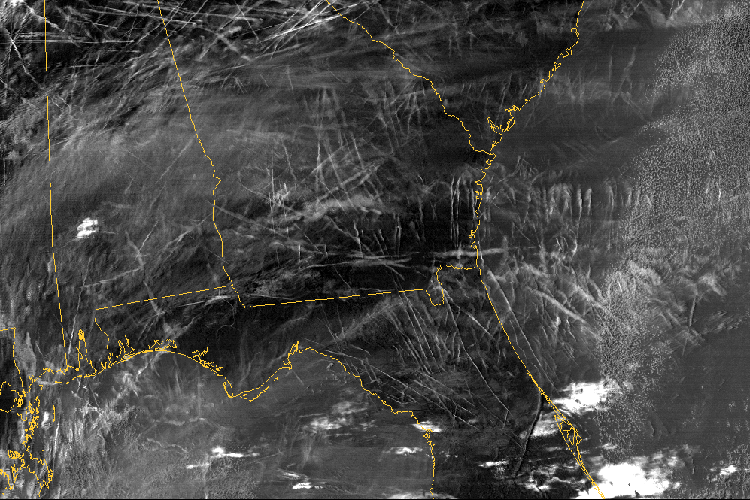On the morning of September 11, 2001, officials at the U.S. national air control centre couldn’t make out what was happening, at first.

As controllers watched the second plane crash into the World Trade Center complex just after 9 a.m., however, it became clear that the first one hadn’t been a spectacular accident, but something much more sinister. Planes were becoming fuel-filled missiles. How many? Nobody knew.
Officials at the U.S. Federal Aviation Administration did the only thing they could think of to try to control the situation: ordering every aircraft in U.S. airspace, about 4,000 of them, to land somewhere, anywhere, immediately.
Canadian officials followed. Airports in Atlantic Canada quickly filled with thousands of bewildered people who had been flying west across the Atlantic from Europe, but found themselves stranded in Goose Bay, Labrador or Stephenville, Nfld.
Within a few hours, the skies across the continent were empty except for military aircraft. Here’s what it looked like:
Civilian air traffic wouldn’t resume for three days.
Thousands of jet aircraft leave contrails over North America every day, especially over the U.S. eastern seaboard and the Midwest. Contrails are created when water vapour in hot air blasted out of jet engines freezes in the intense cold of high altitudes.
Do all those jet trails change weather patterns? It’s hard to tell, normally. But with the once-busy skies silent and empty, the scene was set for a giant experiment.
WATCH: In Gander, Newfoundland on Sunday hundreds gathered to mark the solemn anniversary of 9/11. On September 11, community members opened their homes to thousands of grounded airline passengers when flights were grounded across North America. Ross Lord reports.

“I remember walking to and from my office (in the days after the attacks) and thinking how incredibly clear the skies were,” Andrew Carleton, a geographer at Pennsylvania State University, later wrote.
About a year after the attacks, Carleton, David Travis, a geographer at the University of Wisconsin, and another colleague argued in a paper that thin clouds created by contrails reduce the range of temperatures. By contributing to cloud cover during the day, they reflect solar energy that would otherwise have reached the earth’s surface. At night, they trap warmth that would otherwise have escaped.
The effect during the three days that flights were grounded was strongest in populated regions where air traffic was normally densest. The increase in range came to about two degrees Celsius.
Other studies have tended to back up the research. In 2011, British scientists wrote that an air raid in May 1944 involving over 1,400 aircraft measurably lowered daytime temperatures in England. In that case, the situation was the reverse of 9/11 – large-scale air travel was unknown, and dense concentrations of large planes were rare.
In 2004, NASA scientist Patrick Minnis wrote that “increased cirrus coverage, attributable to air traffic, could account for nearly all of the warming observed over the United States for nearly 20 years starting in 1975.”
Minnis also argued that a steady increase in cloud cover over the United States, about one per cent a decade, was due to increasing air travel. He also found that increases in cloud cover were more pronounced in populated areas, and stronger in winter, when contrails are bigger.
The warming effect happened because the high-altitude clouds that contrails created tended to trap warm air, Minnis wrote. On balance, though contrails can both warm and cool, there is more of a warming effect.
A Penn State study compared regions of the United States where contrails tended to form more strongly with areas where they didn’t. The more contrail-heavy the area, the less the variation between daytime highs and nighttime lows tended to be.
In a 2005 paper, physicist Robert Noland of Imperial College London suggested that restricting airliners to 31,000 feet, and 24,000 feet in winter, could reduce the formation of contrails. Though lower-flying planes would be less fuel-efficient, Noland argued that the increased fuel consumption would be more than made up for by less contrail-linked clouds as a cause of global warming.




Comments